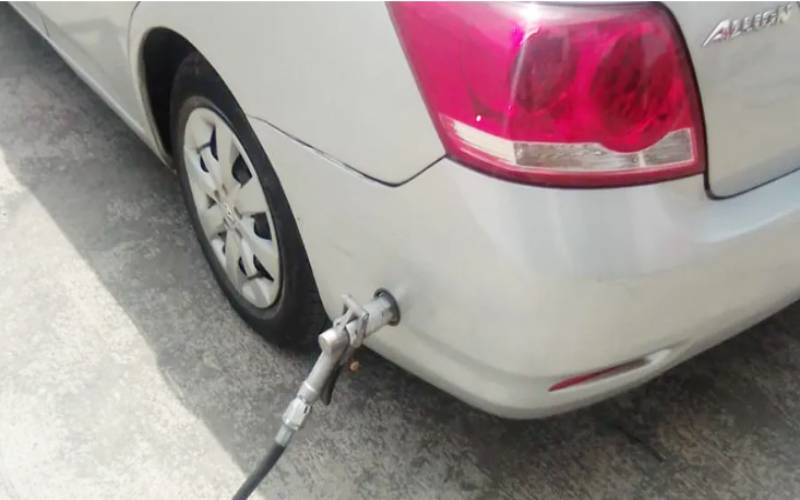
As petrol prices continue to soar, a number of motorists in Kenya have been opting for the liquefied petroleum gas (LPG) in efforts to save on fuel costs.
In the latest Energy and Petroleum Regulatory Authority (EPRA) review, a litre of petrol costs Sh159.12 in Nairobi. On the other hand, a litre of LPG retails at around Sh60, a difference of Sh99.12.
It is the near-Sh100 difference that has pushed some motorists to ditch petrol and power their vehicles using LPG.
 The Standard Group Plc is a multi-media organization with investments in media
platforms spanning newspaper print
operations, television, radio broadcasting, digital and online services. The
Standard Group is recognized as a
leading multi-media house in Kenya with a key influence in matters of national
and international interest.
The Standard Group Plc is a multi-media organization with investments in media
platforms spanning newspaper print
operations, television, radio broadcasting, digital and online services. The
Standard Group is recognized as a
leading multi-media house in Kenya with a key influence in matters of national
and international interest.


